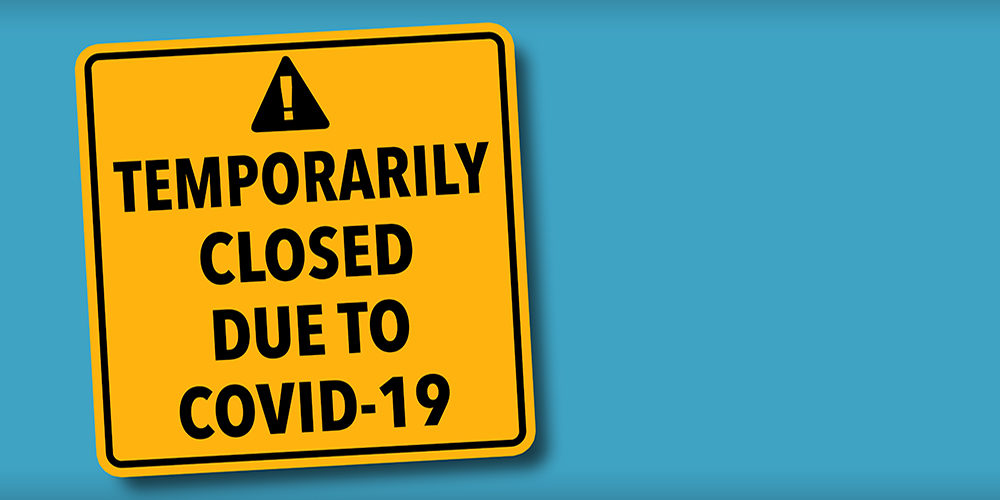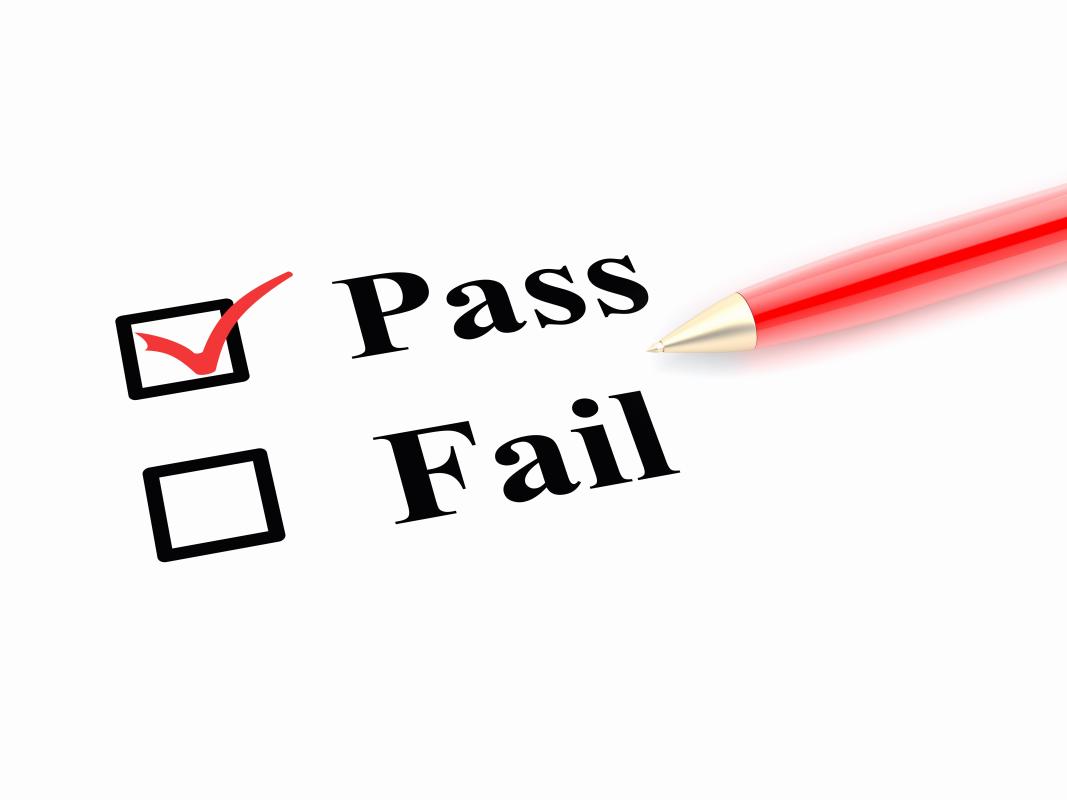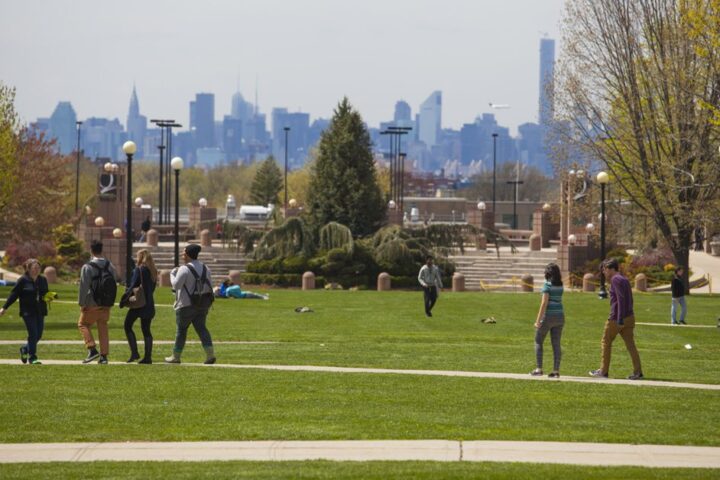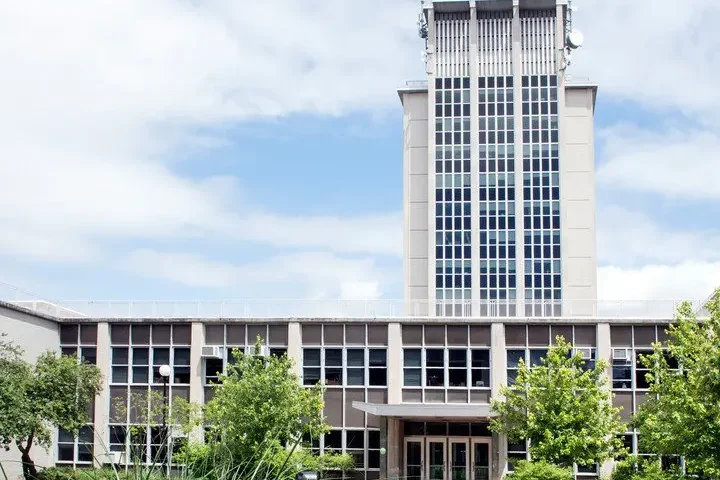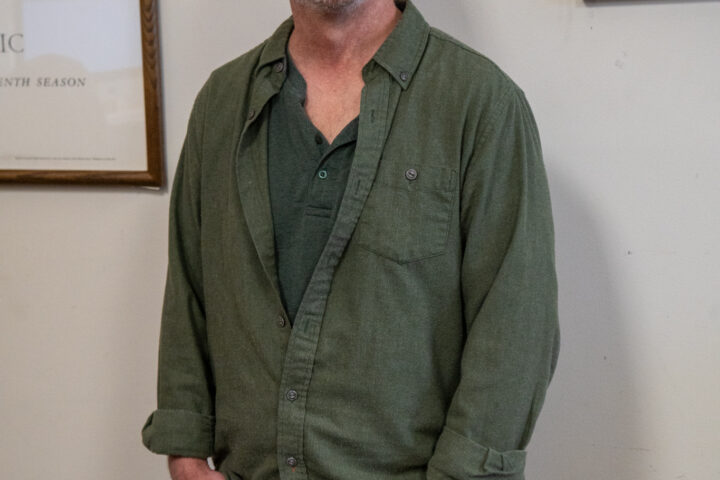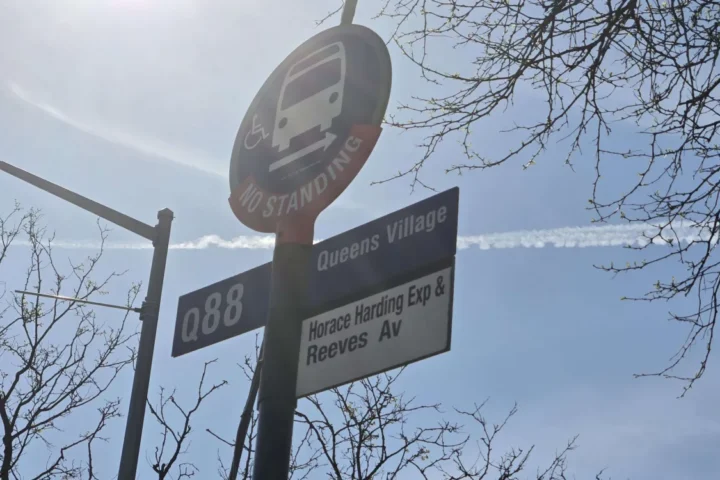The New York Times recently ran an article entitled “In Italian Schools, Reading, Writing and Recognizing Fake News,” and while some people can’t believe this is an actual course, others are wondering why it isn’t being implemented in the motherland of misconception—America.
The term “fake news” has seeped into the grapevine of Italian culture, and some politicians and leaders fear it will affect the newest crop of voters in the upcoming election year. Just one sour grape can spoil the entire batch, and Italians take their wine —and politics—seriously. Italy, which is known for its architecture, art and wines, is trying to stomp out the growing problem of fake news and its connection to populist narratives that seek to divide citizens into groups of “us” and ‘them.” (Italy isn’t shaped like a boot for no reason.) Italian millennials are indulging in conspiracy theories, which feed their ongoing mistrust of authority.
A quick history lesson of corruption in the country supports this argument,most notably the infamous and deceitful Borgias, crooked papists and politicians, and the Mafia. Needless to say, the Italians are in desperate need of a political diet, and that’s exactly what the Italian Ministry of Education is trying to do. It has put together an experiment in which more than 8,000 high schools will take part in a course designed to help students recognize fake news. This is all in the hopes that what happened to America in the 2016 election won’t happen to them. The success of this program is critical, as it’s the government’s only hope of shifting power from the internet and back into their hands.
“Fake news drips… poison into our daily web diet and we end up infected without even realizing it,” Laura Boldrini, president of Italy’s lower house of Parliament and the force behind this project, says. Unlike our current Secretary of Education Betsy DeVos, Boldrini refuses to make ambiguous statements about the devolution of education and instead came up with a specific plan backed by RAI, Italy’s national public broadcast company, which is owned by the government. The course teaches students to identify parody URLs, pick apart fake stories, and create their own blogs showing how they uncovered them.
The curriculum comes with a new set of technological Ten Commandments. With Catholicism being the country’s national religion, both church and state have decided to tackle the problem together. Pope Francis has said he will dedicate the 2018 World Communications Day to discussing fake news and the public’s blind faith in the gods who control the internet. Among them? Facebook and Google, and while Facebook has spoken publicly about attacking fake news, Boldrini is skeptical. Nevertheless, she welcomes Facebook, which has applauded the program, to join the “international effort” to “curb the spread of false news.”
The basic problem is that many millennials are preoccupied with conspiracy theories and are being pumped with information curated by unreliable sources. Anyone can make up anything, and the writing can be so savvy and convincing that it’s hard to tell the difference between a reputable source and an article written by “winelover1861,” (The course also teaches about author’s names and backgrounds).
So why should we care? Isn’t Congress investigating Russian hacking? Aren’t Facebook and Google combatting this issue? I believe the most poignant and paramount lesson the Italians have taught is that we, too, need to be held responsible for how we use the internet and which sources we choose to trust. It’s not enough to ask big companies and hackers to stop, it’s up to us to filter out the pyrite from the gold because, really, we’re all just amateur hunters in the forest of information that’s being scattered before us. There is gold hidden beneath the surface, but without the proper tools, we’ll be stuck excavating worthless rubble and mistake it for valuable knowledge. That would be fool’s gold—or fake news. So the next time you’re on the internet, do yourself a favor and do as the Romans do.






